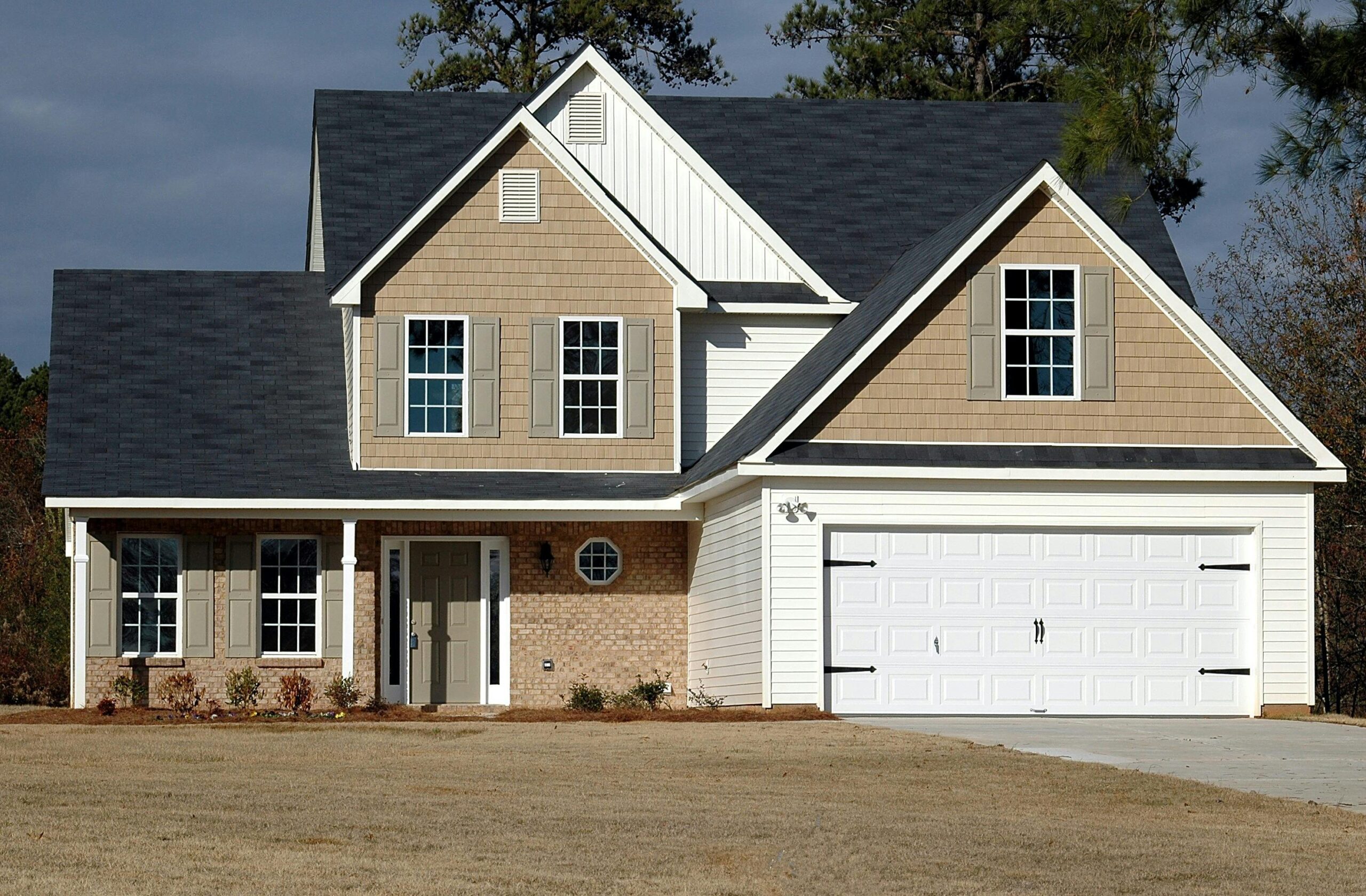
The American housing market delivered a surprising jolt of energy in August, with new home sales surging to levels not seen since the early days of the pandemic housing boom. Sales of new single-family homes rose 20.5% in August to an annualized rate of 800,000 units, far exceeding economists’ expectations and signaling that homebuilders have discovered the formula for coaxing hesitant buyers back into the market. But beneath this encouraging headline lies a more complex story about aggressive incentives, persistent affordability challenges, and questions about whether this momentum can last.
A Stunning Reversal
The August pace represented the fastest rate since early 2022, when the housing market was still riding high on pandemic-era demand. The surge caught analysts off guard, with the actual numbers exceeding all estimates in surveys of economists. Economists surveyed by Reuters had projected a slowdown to 650,000 units, making the actual result even more remarkable.
The jump in sales activity also made a significant dent in what had been a troubling oversupply of new construction. Inventory of new homes for sale decreased to 490,000 units, the lowest this year. The months’ supply dropped to 7.4 months in August from nine months in July, representing nearly an 18% decline. For an industry that had grown increasingly concerned about bloated inventories, this represented welcome relief.
Regionally, the gains were widespread. Sales in the South, the country’s biggest home-selling region, advanced to the highest levels since March 2021, with increases also occurring in all three other US regions. This broad-based improvement suggests the factors driving sales resonated with buyers across diverse markets.
The Incentive Game
What explains this sudden burst of activity in a market that has been largely frozen by high prices and elevated mortgage rates? The answer lies primarily in homebuilders’ aggressive use of sales incentives and strategic price cuts.
In September, 39% of builders reported cutting prices in a survey by the National Association of Home Builders and Wells Fargo, representing a post-pandemic high. But the incentives go far beyond simple price reductions. In August, 66% of builders reported using sales incentives like discounts or mortgage rate buydowns, the highest share in the post-COVID period.
These aren’t token gestures designed to create the illusion of value. Homebuilder Lennar Corp. recently reported offering sales incentives equal to 14.3% of its average sale price, more than double its usual 5% or 6%. For buyers struggling with affordability, these substantial concessions can make the difference between staying on the sidelines and pulling the trigger on a purchase.
The incentive strategy reflects builders’ pragmatic response to market realities. Facing an oversupply of newly built homes and recognizing that buyers remain price-sensitive, builders have essentially decided that moving inventory at reduced margins is preferable to letting homes sit unsold while carrying costs accumulate.
The Mortgage Rate Factor
While builder incentives played the starring role, supporting actors also contributed to August’s sales surge. Mortgage rates, though still elevated by historical standards, showed modest improvement heading into late summer. According to Freddie Mac, the average 30-year fixed mortgage rate slipped to 6.56% by late August from 6.72% at the end of July.
More recent data show the downward trend has continued. The average 30-year rate has slid to 6.26%, down sharply from pandemic highs, giving buyers additional breathing room when calculating monthly payments. The Federal Reserve’s interest rate cuts have supported this decline, with market participants anticipating further monetary easing ahead.
For context, these rates remain well above the sub-4% mortgages that prevailed during much of the pandemic era, but the directional trend has been enough to restore some buyers’ confidence that purchasing power might improve rather than deteriorate further.
Reasons for Caution
Despite the impressive headline numbers, experts urge restraint before declaring the housing market fully revived. Economists at Wells Fargo warned to “take the gain with a huge grain of salt,” pointing out that new-home data is notoriously volatile and often revised.
The volatility concern is significant. The government report showed 90% confidence that the change in new-home sales ranged from a 1.3% decline to a 42.3% gain, illustrating the wide margin of error inherent in these measurements. What appears to be a dramatic surge could be revised substantially in subsequent reports.
Perhaps more importantly, new homes only account for about 14% of US home sales. The existing home market, which represents the vast majority of transactions, remains deeply constrained. Homeowners who locked in ultra-low mortgage rates during the pandemic are reluctant to sell and face much higher borrowing costs, creating what economists call a “lock-in effect” that severely limits inventory in the existing home market.
Nancy Vanden Houten, a lead US economist at Oxford Economics, cautioned that the jump in new home sales in August “likely overstates any improvement in housing activity”, suggesting that broader market conditions remain challenging despite the new construction surge.
The Price Paradox
Interestingly, despite the widespread use of incentives and discounts, the median sales price increased to $413,500, bolstered by demand for homes over $1 million, while a smaller share of transactions is taking place at the lower end of the price spectrum. This suggests that the sales surge may be concentrated among more affluent buyers who can weather higher borrowing costs, rather than representing a broad reopening of the market to first-time and middle-income buyers.
This dynamic raises questions about the sustainability of the current momentum and the accessibility of homeownership for average Americans.

The question now is whether August’s surge represents a genuine turning point or merely a temporary spike driven by unsustainable incentives. Market observers note a potential tension in the months ahead. Peter Boockvar, chief investment officer of One Point BFG Wealth Partners, wrote: “If mortgage rates continue down, builders will then reduce the pace at which they are implementing incentives and thus possibly offsetting the benefit of lower mortgage rates for new homes”.
In other words, as conditions improve organically, builders may scale back the aggressive deals that have been driving sales. Additionally, single-family housing starts and permits slowed in August, both from July and from the previous year, seeming to indicate that builders expected slower sales before the surprising August surge materialized.
The final quarter of 2025 will be crucial for determining whether new home sales can maintain their momentum. With mortgage rates trending lower and builders having demonstrated their willingness to compete aggressively for buyers, the ingredients exist for continued strength. However, fundamental affordability challenges persist, and the broader housing market remains far from normal functioning.
For now, August’s numbers offer a rare piece of encouraging news in a housing market that has struggled with elevated prices, high borrowing costs, and limited inventory. Whether this represents the beginning of a sustained recovery or simply a fleeting moment of optimism remains to be seen.





